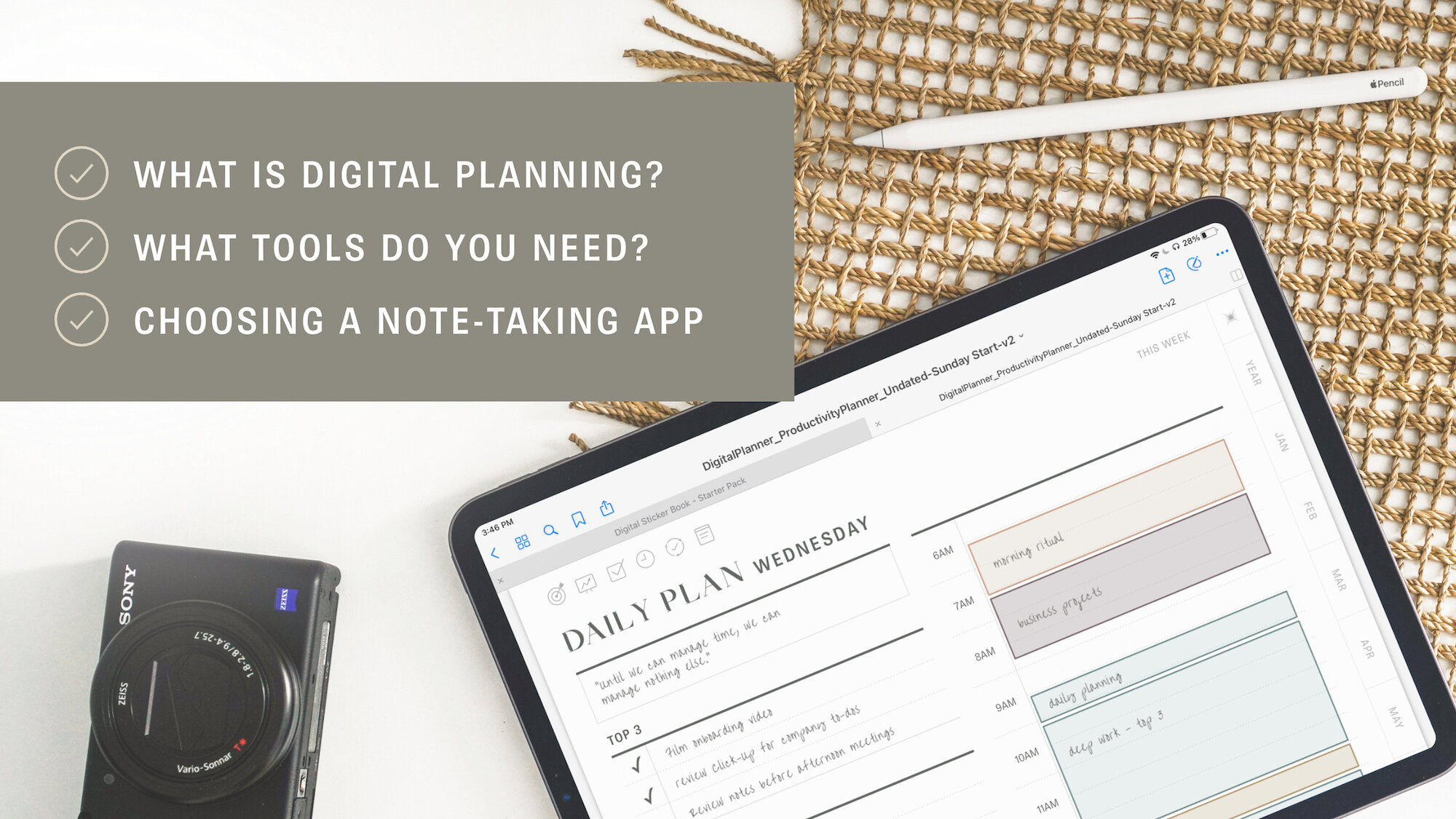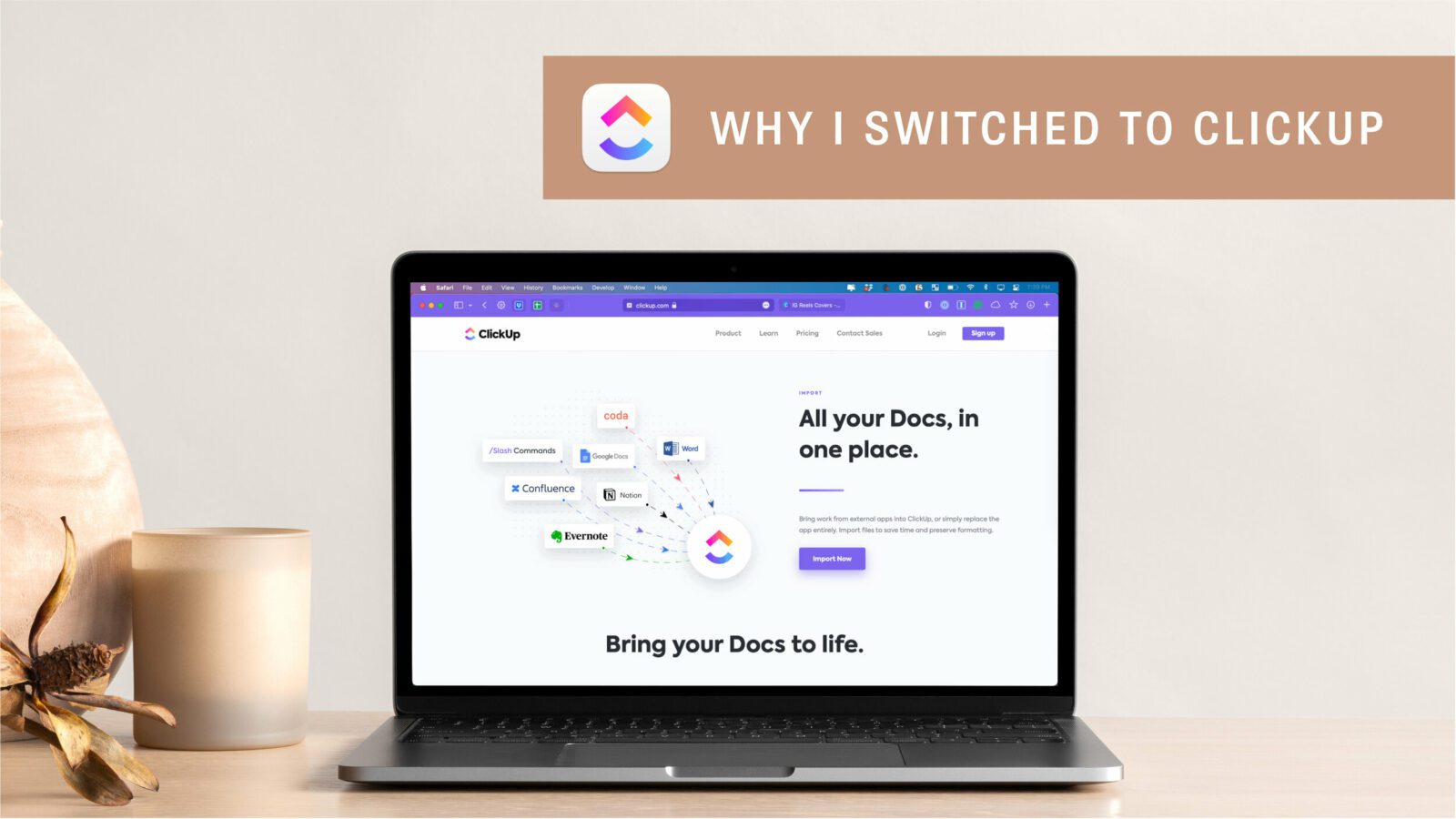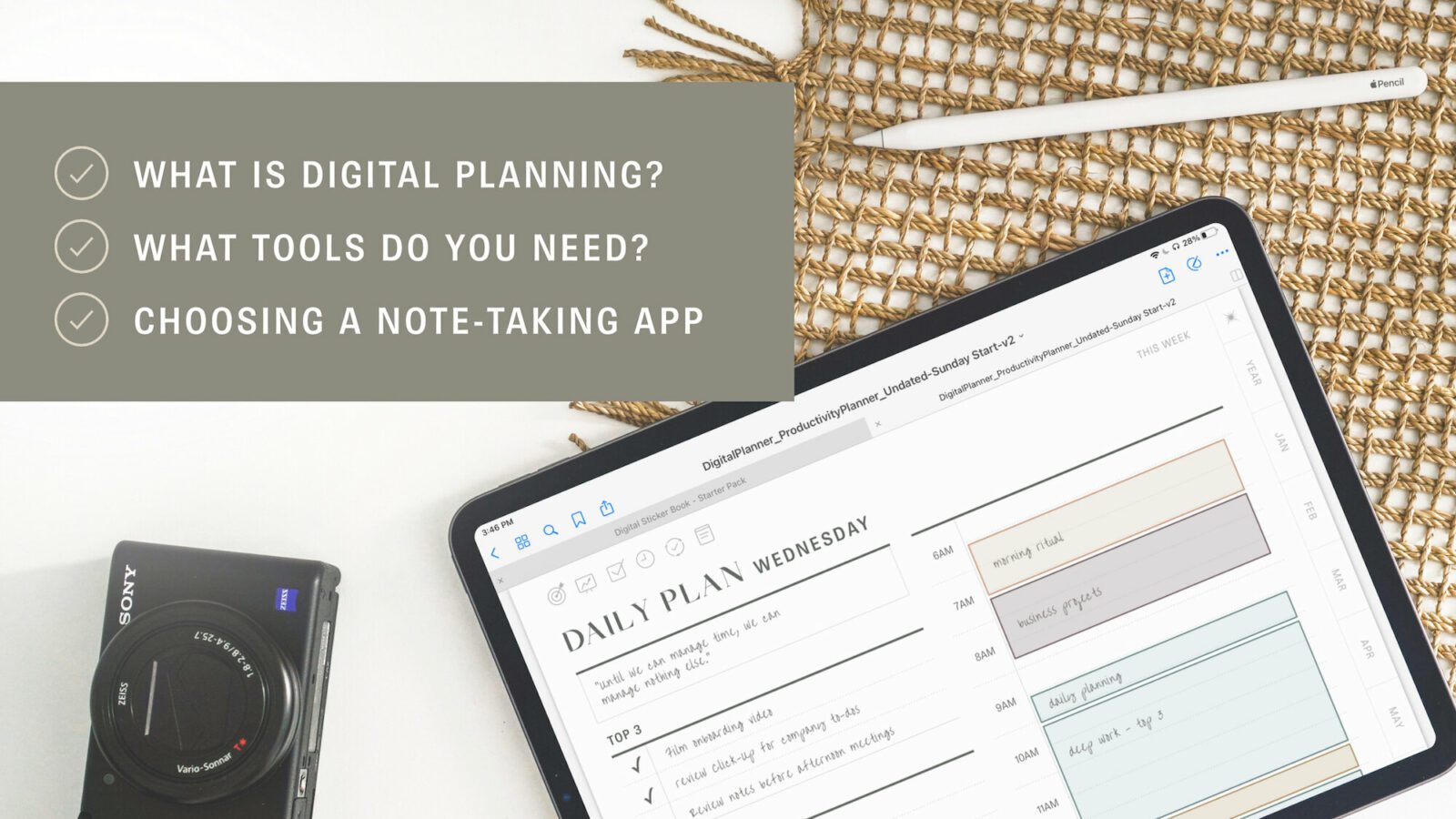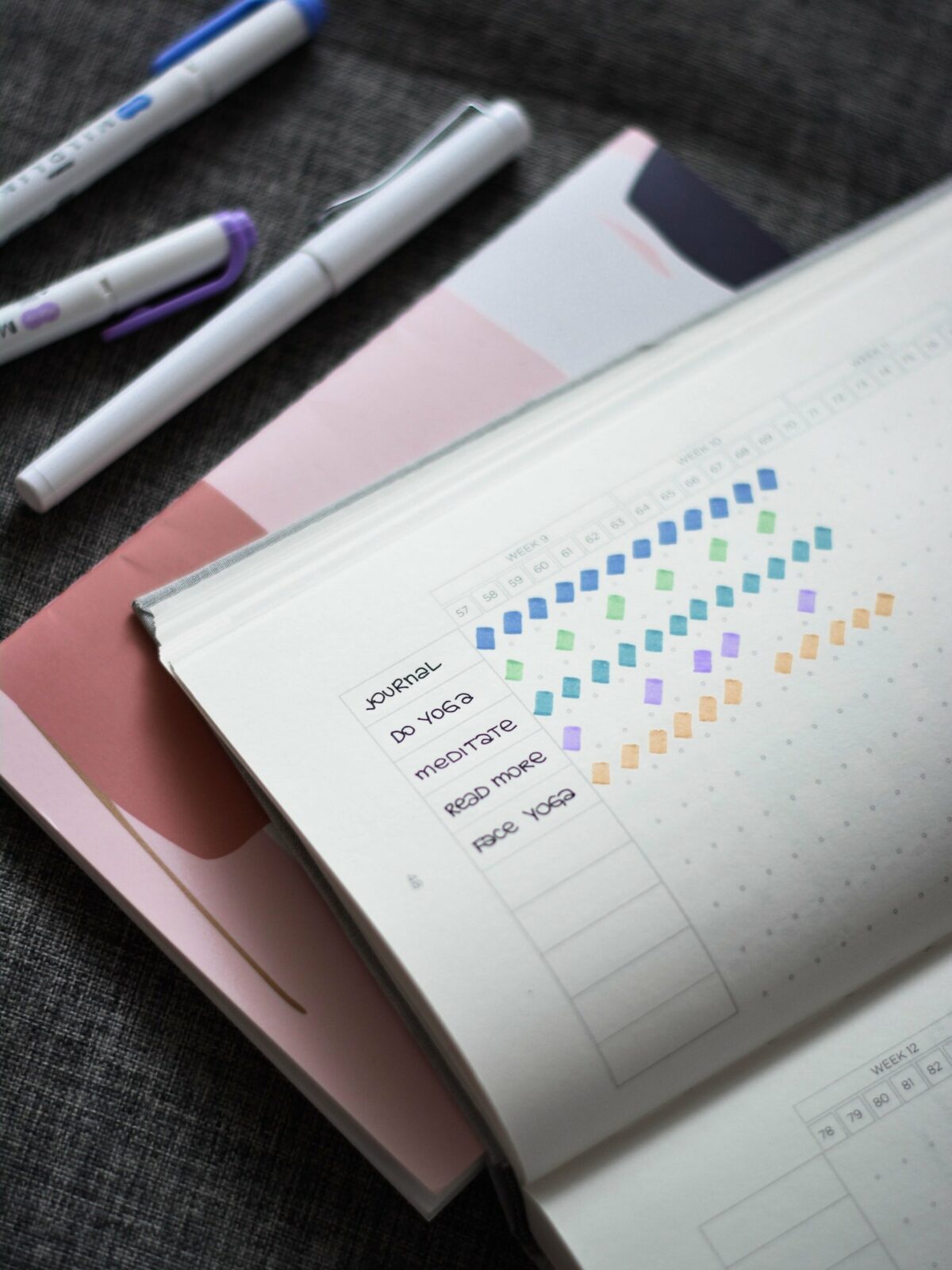

“Big problems are rarely solved with big solutions” This quote from Switch (by Chip & Dan Heath) seemed too good to be true. Can simple solutions really be that effective? When it comes to the Pomodoro Technique I’d say most defiintely.
The first few times I read about the Pomodoro Technique it really seemed like just one more thing floating around the internet – something that is over-hyped and not as ‘amazing’ or ‘simple’ as all the headlines claim. I’m so glad I tried it anyway.
About the Technique
Francesco Cirillo developed The Pomodoro Technique as a university student looking for a way to get more of his school work done in less time. Now the technique is a renowned time-management tool used across the globe. The technique breaks work down into timed intervals. The name Pomodoro actually comes from the kitchen timer Cirillo used which was shaped like a tomato – pomodoro in Italian.
The technique is said to help maximize your focus and help you work with time rather than against it. Here are some benefits of practicing the technique listed on the official website:
-
Learn to handle interruptions
-
Reduce task estimation errors
-
Improve motivation by improving the content of the work
-
Transform time from being an enemy to being an ally in order to achieve your goals
-
Meet deadlines without time pressure
-
Create an effective team timetable to reach multiple goals, handle unplanned events, tasks, emergencies and change
-
Reduce the complexity of your goals and the relative uncertainty of reaching them
How to ”Pomodoro”
Pomodoro isn’t exactly a verb. In fact, in the technique description it’s used as a noun like one “pomodoro”. But sometimes it’s fun to use it as a verb anyway! Steps on how to “Pomodoro”:
1. Decide what you need to get done
Choose a single task, set of tasks, or project to focus on for your pomodoro.
2. Set your timer for 25min… or so.
The traditional length of time is 25 minutes but feel free to play with the amount of time and find what works for you! Some people do 90-min pomodoros while others do 40-mins.
3. Focus until the timer goes off
Work on what you decided until your timer goes off preferably interruption-free. If you do encounter inerruptions like a phone call, urgent text, or email Cirillo give some suggestions on how to handle those because we all know those urgent messages aren’t usually that urgent.
-
Inform the other person that you’re in the middle of something important.
-
Negotiate with them a time to address the issue.
-
Schedule it.
-
Call back or give them a nudge when the pomodoro is over.
4. Check-off one Pomodoro
Once the timer goes off you have successfully completed one pomodoro! Give your brain a little kick of dopamine and check-off that pomodoro.
5. Take a Short break
Once you mark your pomodoro as done take a short 5 minute break. On breaks do not do anything work related. You can go for a short walk, fold some laundry, meditate, or just beathe. Recently I’ve been working from home so my break go-tos have included drinking water and doing mindless house chores like dishes and laundry. I will leave my water in the kitchen so that I have to move to get it. Moving for 5 minutes is good for your brain and for your body. It helps me reach my stand-goals for the day too!
6. Long Breaks
After 4 pomodoros take a longer break of 20-30 minutes. According to Cirillo “Your brain will use this time to assimilate new information and rest before the next round of Pomodoros”. Most days I use this time to get a snack, take a power nap, or do a brain dump.
When ”Pomodoro-ing” is Helpful
Like all methods and techniques “Pomodoro-ing” is not for everyone. I tried it a few years back and hated it actually. However at the time I didn’t really understand my habits, was close-minded, and hadn’t done much research on how to effectively use it. I immediately thought “25 minutes is stupid. I’m going to do 50 minutes”, worked unsuccessfully, and then blamed it on the technique. Now that I’ve revisited it and am more self-aware I frequently, but not always, use the technique.
Looking at my habits now I’ve noticed some patterns around when I find the technique most helpful:
-
You have many tasks in a single area of focus
Batching tasks by area of focus is a great habit when planning & organizing. Scheduling a batch for 1-2 pomodoros really helps push to that next level and knock them out efficiently.
-
During “in-betweens”
I’m now way more efficient in those weird chunks of time like prep periods, meetings, and events. They can easily be wasted and unfocused. Being a teacher it’s even more important to take advantage of those “in-betweens” if you don’t want to end up basically living at the school (guilty…).
-
You have tasks you hate doing
At times I don’t mind admin work, but then there are other times I loathe it! I like to pomodoro when I don’t feel like grading, putting in department orders, or documenting the million things I’m expected to document.
-
Creative Work
To complete creative work you need to get into a ‘flow’. It’s really hard to do that if you allow interruptions, distractions, and feel on edge about time. By setting a timer it makes me feel safe so to speak. I can let my mind dive into the creative work knowing that if I get an email or a message that I have time set aside for that. I give myself permission to be focused until the timer goes off. That change in mindset has definitely helped my creative flow.
-
Working from home
Many more people are working from home especially now that there are full state shut-downs due to COVID-19. Working from home sounds like a dream until you realize just how hard it is to stay focused. This technique has helped me stay on task, but has also been a cue to my wife. It used to go like this: she interrupts me, I get irritated and half-listen, she walks away angry, I get more annoyed. However we’ve now both agreed that she can ask me whatever random question or show me that random dog video when I’m on my 5 minute break but not a minute earlier.
Parkinson‘s Law
Parkinson’s law states that “work expands so as to fill the time available for its completion”. This definitely rings true for me.
I have a habit of obsessing over work and personal projects. If I don’t give myself a time limit there is no telling how long I’ll spend finding music theory activities for the next day or a better way to organize my projects.
Both of those things can be important and are things I actually like doing. The issue is that I will justify spending endless hours on something because “it’s for work” or “I enjoy it” and at the end of the day will still feel like I didn’t accomplish much. I see now that the disappointment is because work was happening but effective work wasn’t. And I felt it. So much time was wasted!
Getting started – Resources
Haven’t tried the technique yet or just want to try it in a different way?
-
For the App lovers:
-
Be Focused (macOS, iOS)
-
PomoToDo (Web, Windows, macOS, Chrome, iOS, Android)
-
PomoDone (Web, Windows, macOS, Linux, iOS, Android)
-
Forest (iOS, Android, Web)
-
FocusBooster (Web, Windows, macOS, iOS, Android)
-
-
Timers
-
Smart watch timer (my favorite)
-
Default timer app (on your smartphone, tablet, or computer)
-
-
Write it out!
-
Sketch out your plan in a notebook or blank sheet of paper
-
Use a Pomodoro Planner
-
Enjoyed this article?
Share it on Pinterest!




Recent Posts:
Featured
I’ve used both ClickUp and Asana extensively in my business and ended up sticking with ClickUp but that might not be what’s best for YOUR small business. In this video, you’ll learn about their notable features, pricing, why I ultimately chose ClickUp, and what would make me go back to Asana.
Are you new to Digital Planning? This in-depth tutorial will walk you through everything you need to know to use GoodNotes 5 on the iPad.
Learn how to download digital planner or notebook files and then import them into GoodNotes or Noteshelf on the iPad.
Learn what digital planning is, what tools you will need, and things to keep in mind when choosing a note-taking app.











